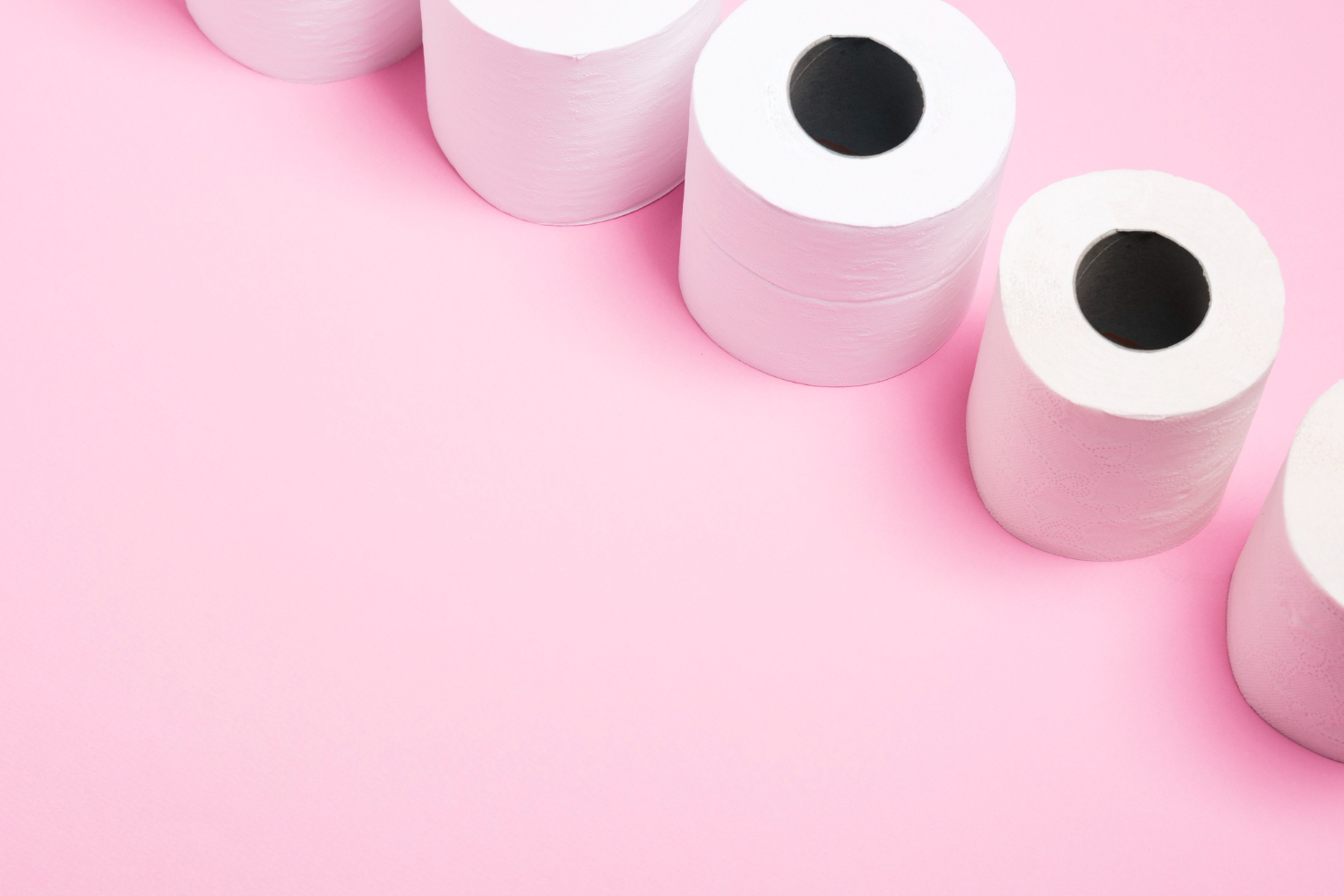Tampons can make women's lives much better. They are quite easy to use and allow you to go about your business without worrying about bleeding or soiling your underwear. And what's even better? You can do almost anything while wearing them. And here the question arises, is it possible to pee with a tampon inside?
ContentCan you pee with a tampon insideCan you pee with a tampon inside: is it hygienic?What about bowel movements?Hygiene tips to follow when using tampons
WomanEL understands that you are concerned about safety. That's why we are sharing our expert opinion on this matter.
Can you urinate with a tampon inside
It's physically possible to pee and wear a tampon at the same time. This is largely due to the way your body is naturally designed. In case you've forgotten a bit of Anatomy 101, here's a quick refresher: Urine comes out of the urethra (the hollow tube that connects to the bladder and carries urine out of the body), and menstrual blood comes out of the vagina. In other words, they're two different openings. So inserting a tampon into your vagina won't affect your ability to pee.
Whether you pee with a tampon in your vagina, however, is a personal choice. If you don't like it, just take out the old tampon and put in a new one after you urinate.
Can You Pee With a Tampon in Your Vagina: Is It Hygienic?
Even if you're anatomically able to do it, you may wonder if it's hygienic to pee with a tampon in your vagina. “Urinating with a tampon in your vagina is safe and hygienic,” says gynecologist Cheryl A. Ross. Period. That's because urine is very clean, she says. While it's not 100 percent sterile, urine typically contains low levels of bacteria, even in healthy people.
What’s more, new evidence suggests that your bladder microbiome may be similar to your vagina’s microbiome, according to a study published in March 2022 in the journal Frontiers in Cellular and Infection Microbiology.
All of this means that even if a little urine gets on your tampon, it’s not a big deal. It “shouldn’t cause an infection,” says Dr. Ross. But if you don’t like the idea of a wet string in your underwear, Dr. Ross recommends pushing the string aside while you pee.
However, there are some situations where you should be cautious about urinating with a tampon. For example, “if you have signs and symptoms of a urinary tract or vaginal infection, including vaginal discharge, odor, pain, urgency, or frequency, you may want to refrain from using tampons until you have been treated by your doctor,” says Dr. Ross.
What about bowel movements?
 You can go big with a tampon inside, but it's better to do it carefully, Source: freepik.com
You can go big with a tampon inside, but it's better to do it carefully, Source: freepik.com
We know that you can pee with a tampon in. But can you go to the bathroom like a big guy? The short answer is yes. Anatomically, your vagina and anus are two different openings, so it's physically possible to poop with a tampon in. However, there are a few hygiene considerations to keep in mind if you're taking a backseat to a tampon.
First, the strain of pushing your poo out can dislodge your tampon slightly. Although the vagina and anus are separate, they're still neighbors. The vaginal and anal canals are located one above the other. So when you strain to have a bowel movement, the force of the pressure can also partially dislodge your tampon (although it's unlikely to fall out completely).
Second, if poop gets on the string, it can contain harmful bacteria, such as E. coli. If that bacteria gets into your vagina (or urethra), it can cause a urinary tract infection, according to Johns Hopkins Medicine.
If you decide to go to the bathroom with a tampon in, follow these tips:
- Thread the string forward to avoid getting poop on it.
- Wash your hands after you have a bowel movement and before inserting a new tampon.
- Change the tampon if poop gets on the string.
Hygiene tips to follow when using tampons
While it’s generally safe to urinate while wearing a tampon, there are some precautions you should take. Here are Dr. Ross’ top hygiene tips for tampon wearers:
- Practice hand hygiene. Germs can be transferred from your hands to your vagina (or urethra), so it’s best to keep your hands clean when you’re using a tampon. “If you wash your hands… before and after inserting a tampon, your risk of infection will be minimal,” says Dr. Ross.
- Change your tampons frequently. Try to change your tampon every four to six hours. Wearing a tampon for too long (usually more than eight hours) can increase your risk of bacterial or yeast infections and toxic shock syndrome (TSS).
- Choose the right absorbency. “It’s also important to choose the right tampon size based on your flow,” says Dr. Ross. “If you have light discharge, choose a smaller tampon. And if you have heavy bleeding, use tampons with increased absorbency,” she adds.
We previously reported on the discovery of mice in tampons. Does this mean you should give them up?

